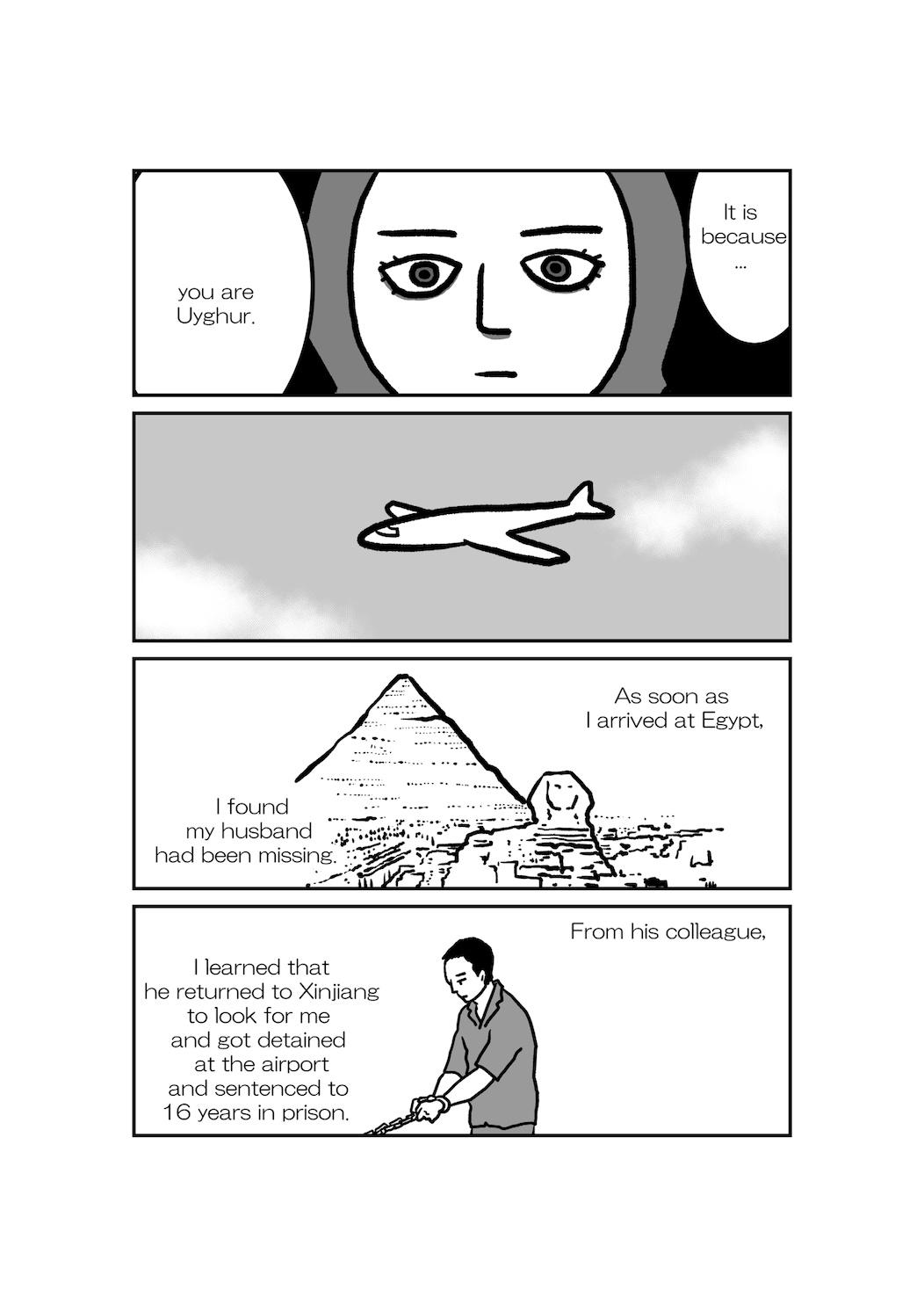TOKYO—A Japanese artist whose manga comics about a Uyghur woman went viral wants to use the simple power of her work to raise awareness of the “daily suffering” endured by the Chinese mostly Muslim minority, she told Reuters.
With “What Has Happened to Me,” a manga comic that has been translated into 10 languages—including Mandarin, Uyghur and English—and viewed more than 330,000 times online, artist Tomomi Shimizu has seized on an issue that many Western countries see as evidence of Beijing’s abuse of human rights.
“The Uyghur issue has been well known among people who are into politics. But little is known among the general public. The gap is staggering,” Shimizu, 50, told Reuters in an interview.
“I decided to use manga for this purpose because I believe manga has power to convey things to people in an easy-to-understand way.”
Shimizu, who has penned another comic about Uyghurs, appears to be no stranger to politics, having voiced support on her Twitter account for issues generally backed by Japan’s right wing.
The United Nations and human rights groups estimate that between 1 million and 2 million people, most of them ethnic Uyghur Muslims, have been detained in harsh conditions in the Xinjiang region of northwest China, as part of what Beijing calls an antiterrorism campaign. China has said Xinjiang faces a threat from Islamist militants and separatists.
The Chinese foreign ministry did not immediately respond to a request for comment. The Chinese regime has accused Tursun of spreading lies about her time in Xinjiang and strongly denied her accusations of mistreatment.
Shimizu based her manga story on what she learned from watching video-recorded testimony from Tursun.
In the comic, Tursun is detained by Chinese authorities despite having committed no crime. She is separated from her 45-day-old triplets and is tortured with electric rods.

She is paroled only to find out that one of her triplets died in government custody. Later, she is incarcerated again, in a room so crowded that detainees have to take turns to lie down.
After a third detention, she asks why she has to face so much hardship. An official says: “It is because you are Uyghur.”
“There are people who need help now, people who are going through hardship every day,” Shimizu said.
She uploaded “What Has Happened to Me” on her Twitter account on Aug. 31. Soon, messages started pouring in “like a waterfall,” and it was retweeted 8,000 times in a few hours.
“It is without doubt that Ms Shimizu’s manga has played an invaluable role in letting the world know the Uyghur issue,” Japan Uyghur Association Chairman Ilham Mahmut said.
Lee Da-Ren, a Taiwanese living in Japan, volunteered to translate Shimizu’s work into Mandarin.
“By taking the form of manga, the story is so easy to read, and yet so penetrating,” Lee said.





